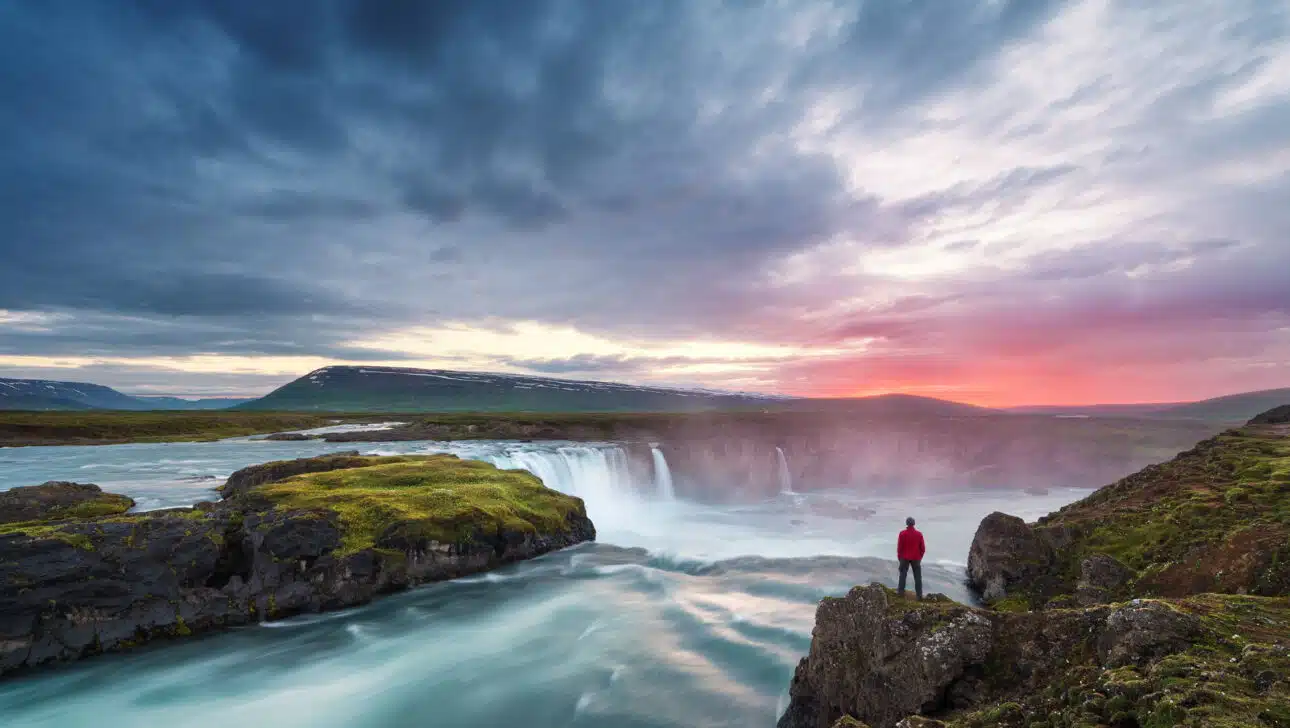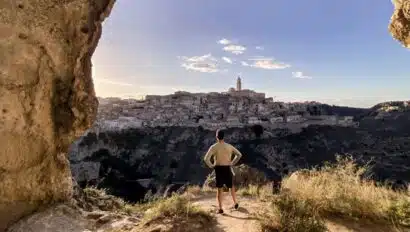Iceland looms large on many travelers’ must-see lists. The most sparsely populated country in Europe, Mother Nature has endowed its 40,000 square miles with a mind-boggling array of amenities: waterfalls, active volcanoes, glaciers, ice caves, black sand beaches, crystal-clear lakes, and hot springs. Given the country’s temperamental weather and vast landscape, it’s essential to plan ahead and know when to rely on the experts.
1. Heed The Weather
“There is no bad weather, only bad gear,” says Edward Piegza, the founder of Classic Journeys. The company employs local guides for its six-day walking and multi-sport itineraries. They also offer a gear valet program to outfit you with the appropriate attire to combat every imaginable weather scenario.
While traveling in Iceland, you may experience all four seasons in a single day, so layers are the key to packing for any time of year. Start with a base layer that can wick away sweat, followed by an insulated mid-layer and an outer layer that’s windproof and waterproof. Don’t forget gloves, a warm hat, and waterproof shoes suitable for trekking.
Keep in mind that summer temperatures average a cool 50-55 degrees, while temperatures in the dead of winter often hover around the zero-degree mark.
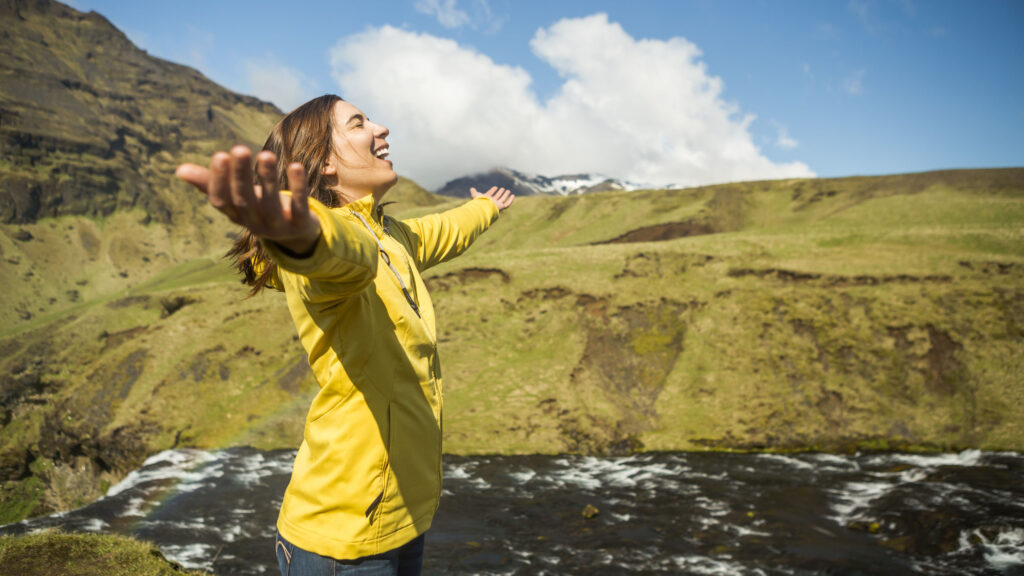
2. Be Realistic With Budgeting
Iceland is known for being expensive, but the good news is that hotel inventory has increased, helping to balance supply and demand. Total base costs for a typical family vacation, including airfare, are around $1,000 per day and can be even higher if the itinerary includes big-ticket items like private tours and upscale dining.
3. Be Prepared To Rent A Car and Spend A Lot Of Time Behind the Wheel.
Even though it seems like a small country, getting from point A to B can take much longer than it appears on the map. For instance, it would take a minimum of six days in summer and 12 days in winter to complete the Ring Road with very few stops for sightseeing.
To avoid feeling rushed and allow for time to savor scenes that encompass lush farmland, forests, glaciers, black sand beaches, and waterfalls, it’s imperative to do your research and not be too ambitious in cramming several sites into a single day.
Skip the GPS offered by rental car companies. Instead, take advantage of Iceland’s excellent countrywide cell coverage and your carrier’s international plan to rely on your phone’s GPS to navigate. If you don’t have an international option, you can download your route in advance on Google Maps.
Wherever you choose to explore, be sure to heed the wind and weather warnings, as the winds in Iceland can be strong enough to force a car off the road.
Or if you would rather not worry about figuring out how to travel around the country, book a tour with our team at Classic Journeys to take the headache out of getting around!
4. Know Your Limits
When planning your itinerary, keep your physical limitations in mind. While there is plenty of roadside sightseeing that requires little more effort than getting in and out of a car or bus, there can be instances where you may have to work up a sweat. For instance, waterfall hikes can cover uneven terrain and slippery surfaces. A walk on a glacier may include the use of crampons and ice axes. For independent hiking and trekking excursions, be sure to bring a small backpack for food, water, rain gear, and medical kit/personal medication.
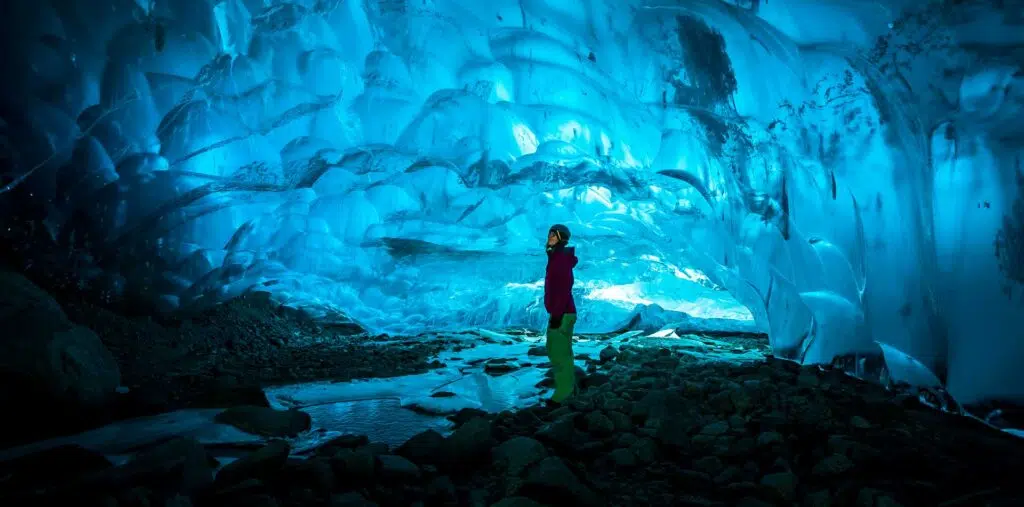
5. Watch Out For Elves!
Belief in elves is alive and well in Iceland. References to their existence go as far back as Viking-era poems. Typically referred to as Huldufolk, meaning “hidden people,” it’s not unusual to see a public protest over a construction project that would disturb the elves believed to be living in its path.
6. Look On The Bright Side
Adding to the magic and mystery of the Island is the seasonal variation in sunlight. The “Midnight Sun” doesn’t set at all from May through July. Contrast that with just 4-5 hours per day of sunlight in December and January. Keep this in mind when planning your itinerary. If your circadian rhythms are easily interrupted, and you’re visiting in summer, check to see that your hotel has blackout curtains.
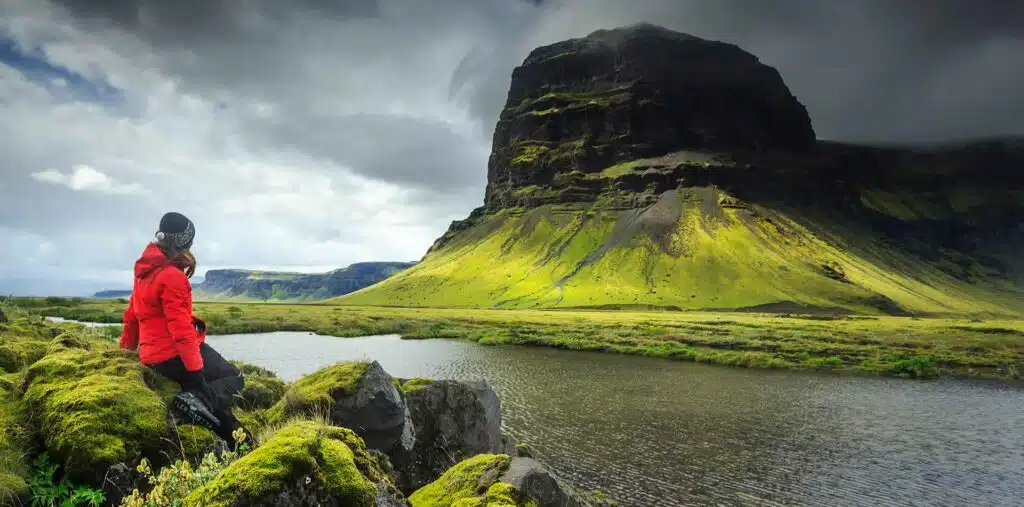
7. See The Northern Lights
Catching Mother Nature’s legendary light show is a bucket-list activity. While there’s a chance to see the northern lights at any time, the peak viewing season is October through March, with the midnight hour sitting in the sweet spot. If you aren’t a night owl, ask if your hotel offers a wake-up call when the lights appear. In addition, you can check the aurora forecast on the Icelandic Met Office website.
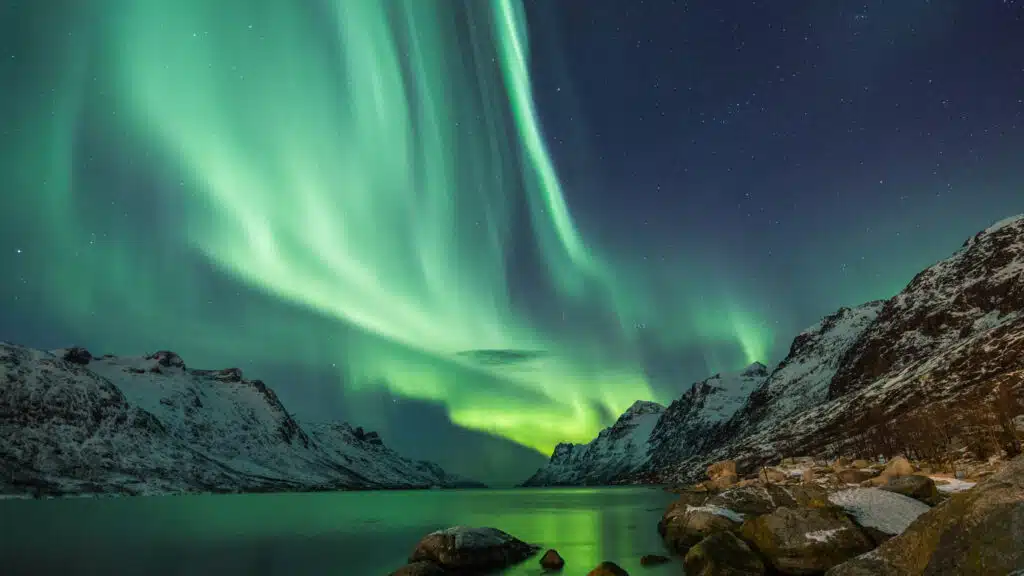
8. Prepare To Be An Adventurous Eater
Familiar to Americans, the humble hot dog, known as Pylsur, in Iceland, is the country’s de facto fast food. Made of organic Icelandic lamb, pork, and beef, their version, even those found at gas stations, elevates ballpark fare.
You’d be remiss to stop there, as Iceland is home to some of the most unusual (and unusually-smelling) food you’re likely to encounter on your travels. Earn bragging rights by sampling Kæstur hákarl (“treated shark”) and washing down the pungent cube with a shot of “black death,” aka Brennivin, a fermented grain or potato alcohol flavored with caraway.
Too cute to eat for some, puffin is often served smoked and described as tasting like salami. Harðfiskur, or fish jerky, is made from wind-dried cod, haddock, and seawolf. Its colorful packaging is easily identifiable and readily available in supermarkets and convenience stores.
Accompanied by rye bread and butter, plokkfiskur is pure comfort food made of boiled fresh cod or haddock filets mashed together with potatoes and a roux-based white sauce.
9. Don’t Write Off Hot Spots
While some people revel in eschewing touristy areas, they are famous for a reason. Just as you’d be hard-pressed to find a visitor to Rome who hasn’t visited the Colosseum or tossed three coins into the Trevi Fountain, despite the crowds, the experience of soaking in Blue Lagoon, ambling among chunks of glaciers on the shore of Diamond Beach, admiring the black sands of Reynisfjara beach, or walking behind a thundering torrent of a waterfall at Seljalandsfoss are too good to write off. Classic Journeys offers itineraries that encompass these famous sites (and local guides that know the optimal time for visiting), along with less-touristy but still spectacular stops.
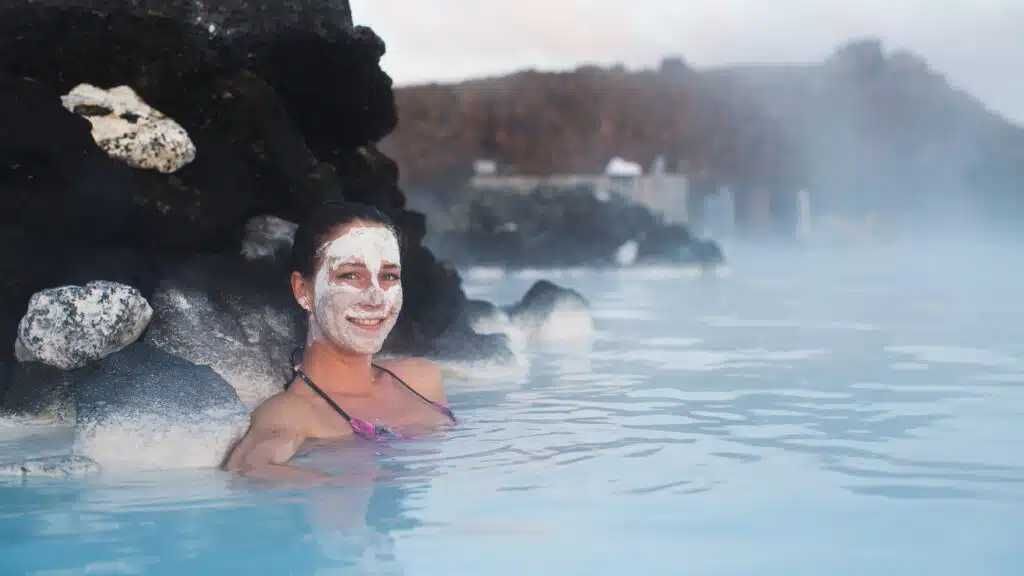
10. Rely On The Experts
Classic Journeys’ cultural walking and multi-sport offerings in Iceland are designed to be upscale and physical and mental experiences of a lifetime. They reflect the interests and expectations of travelers who enjoy a side of pampering with their adventuring. “I like to get muddy during the day, but I want to sleep on Egyptian cotton sheets at night,” said Piegza.
With so many moving parts in a typical Iceland itinerary, there is something incredibly freeing about a fully supported trip. Not having to mind the minutiae enables the mind to drink in every delightful detail. Learn more about our Iceland Cultural Walking Adventure so you can experience this trip of a lifetime for yourself.


